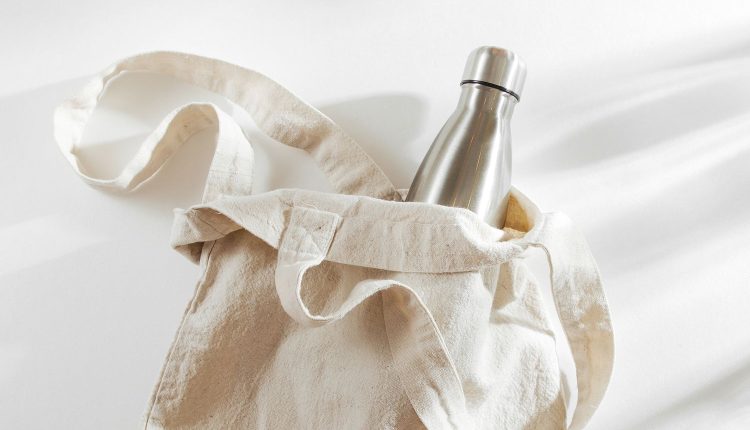Reusables Are Great — If You Wash Them
You probably take some simple steps to shop and store food in environmentally conscious ways. Maybe you use a reusable water bottle and take reusable bags to the grocery store.
Reusable items are great, as long as you keep them clean. If not, your water bottle and storage containers could be teeming with bacteria. Here’s a look at some common reusables and the best way to wash them so they last longer and you stay healthy.
Water bottles
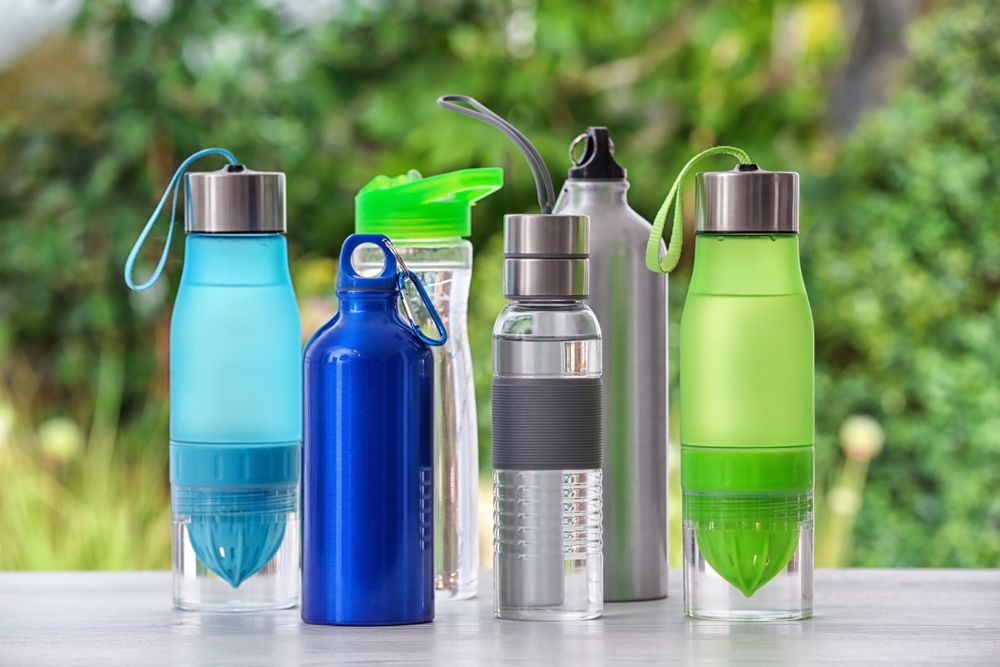
A small analysis by an environmental testing firm looked at a dozen reusable water bottles to see how many microbes lingered on the containers. The study, for the site TreadmillReview.net, found the bottles had an average of more than 300,000 colony-forming units of bacteria per square centimeter (CFU/sq cm).
That’s about six times the amount of bacteria found on a dog’s bowl, the study pointed out, and just somewhat fewer than on a toothbrush holder sitting near your toilet.
The amount of bacteria in water bottles varied on the type of container, the study found. Slide-top bottles had the most germs with 933,340 CFU. Bottles with straws have the fewest (25.4 CFU), maybe because the water drips down the straw instead of staying to attract germs.
If you’re looking for the best bottles in terms of microbes, stainless steel is naturally antibacterial, points out Shape, and doesn’t develop cracks or fissures that can harbor germs. Avoid bottles with crevices and hard-to-reach spots where germs can hide.
How to clean: If your water bottle is dishwasher proof, that’s your best bet for cleaning. Run it through on the top rack at the hottest setting with the lid and straw, then make sure it’s completely dry before using it again. You can also hand wash in warm, soapy water, then rinse and dry well before using. For an extra-deep clean, add 1/4 cup of hydrogen peroxide to your bottle, close the lid tight, shake vigorously and then rinse well. You can also try adding a 50-50 solution of white vinegar and water and letting it soak overnight.
Shopping bags

When you haul your groceries home from the store, it’s smart if you pop your reusable bags back into your car right away so you don’t forget them on the next trip. But at the same time, those bags have to be washed occasionally. The materials can become contaminated with germs like salmonella or E. coli, points out FoodSafety.gov. Those germs can then spread when you fill the bag with new food or other items. The same is true of produce bags, which are smaller bags often made of mesh and used for fruits and vegetables.
To help keep your bags germ-free, always put raw meat into a disposable plastic bag before putting it into your grocery bag. Use separate bags for raw meat, seafood and produce. Don’t use your grocery bags to carry other items like toys or gym clothes.
How to clean: To keep your bags germ-free, wash them often. Throw cloth bags in the washer and dryer, checking the tag for laundry instructions. Wipe down plastic-lined bags using hot water and soap. Make sure bags are dry before you use them again. If that doesn’t cover your bags, the Cleaning Institute has specific instructions for each type of reusable bag.
Sandwich bags
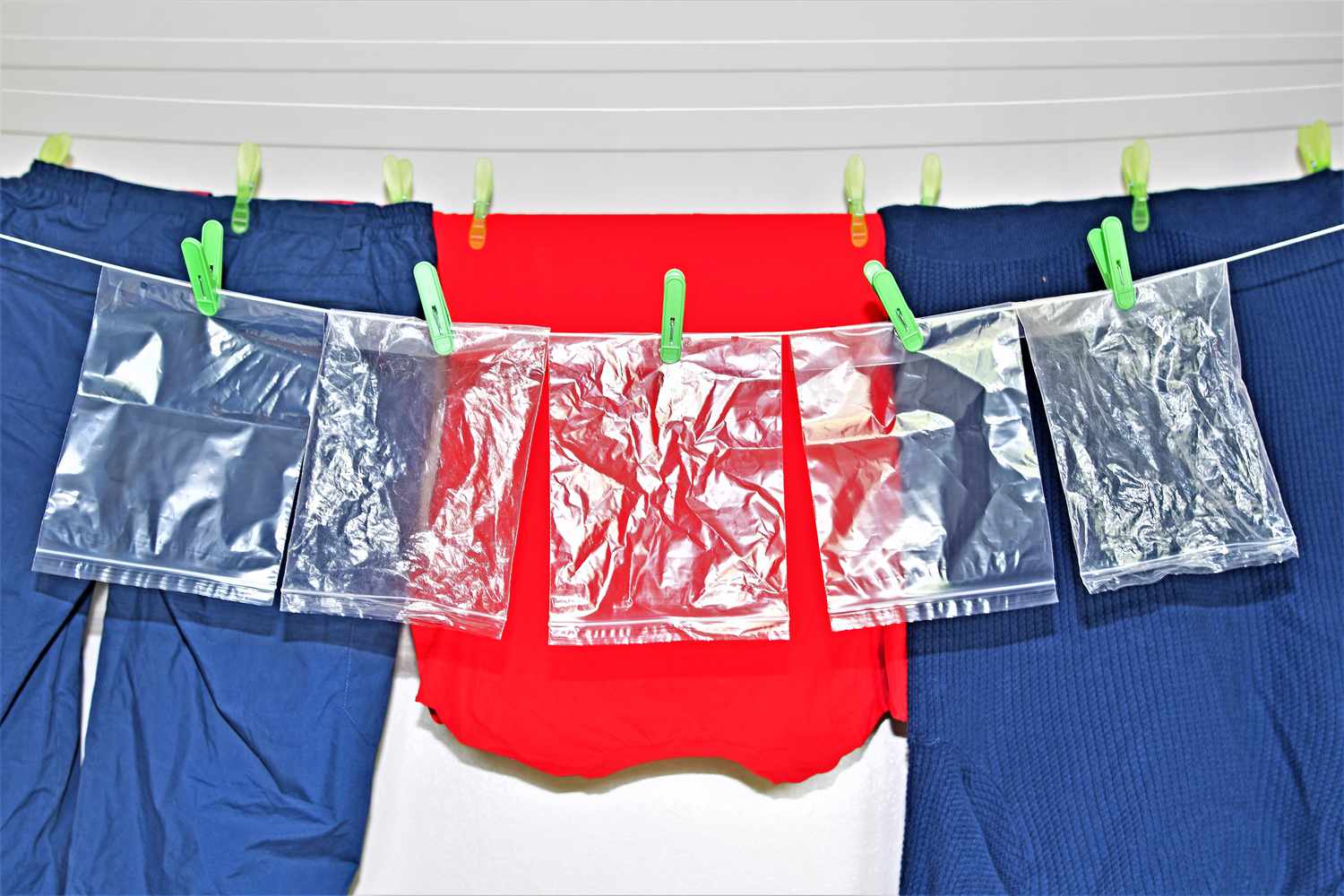
If you’ve swapped out disposable sandwich bags for reusable ones, you need to wash those after each use. Check the label, but most recommend washing by hand after light use with a little soap and water, then drying.
But what about those zipper-top disposable bags? If you have some in your pantry, is it OK to reuse them? Not everyone is agreement on this point. You’re not going to save time, money or water by reusing your plastic bags, according to Mother Jones, which says it takes four times as much water to clean a bag as it does to make a new one. But washing is still worthwhile, according to the Natural Resources Defense Council, because you’re saving on raw materials, as well as emissions from the shipping process and keeping the plastic out of landfills.
However, don’t wash and reuse bags that have held raw meat, greasy food or anything oily that might be hard to clean. If you’re buying from scratch, heavier freezer-style bags will withstand more cleaning.
How to clean: Turn the bags inside out and use dish soap and a clean sponge along with cool or warm water, then rinse thoroughly, suggests Kitchn. Don’t use hot water, which can degrade the plastic. Prop them up to air dry on a drying rack or on wooden spoons. You may also be able to clean them in the top rack of your dishwasher if you anchor them down with cups or glasses.
Food storage containers
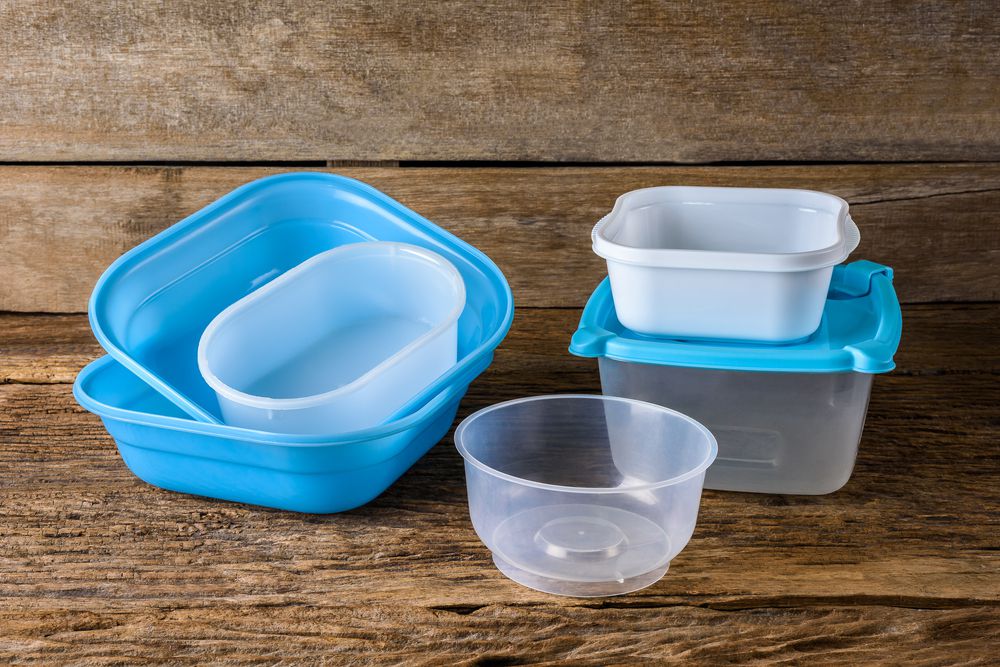
You might have a shelf full of food storage containers for leftovers and lunches. Many experts suggest using glass instead of plastic because some chemicals in plastics can be personally and environmentally dangerous. Look at the little triangles on the bottom of plastic containers. Typically, the safest choices for food use are numbers 1, 2, 4 and 5, according to the Academy of Nutrition and Dietetics. Try to avoid polyvinyl chloride (PVC), which is usually labeled with code #3, and plastics labeled as #7, because they can contain chemicals such as bisphenol A (BPA).
BPA and other chemicals are likely to leach into foods if plastics are cracked or scratched. Use those containers for non-food storage or recycle them if possible. To avoid staining, don’t microwave food in a plastic container or put hot food directly into plastic storage.
How to clean: To avoid stains, wash your plastic containers as soon as possible after use. Wash them by hand or in the top rack of the dishwasher, always drying them completely. To remove stains, try wiping containers with a lemon rind or a mixture of baking soda and vinegar before washing.
Drinking straws
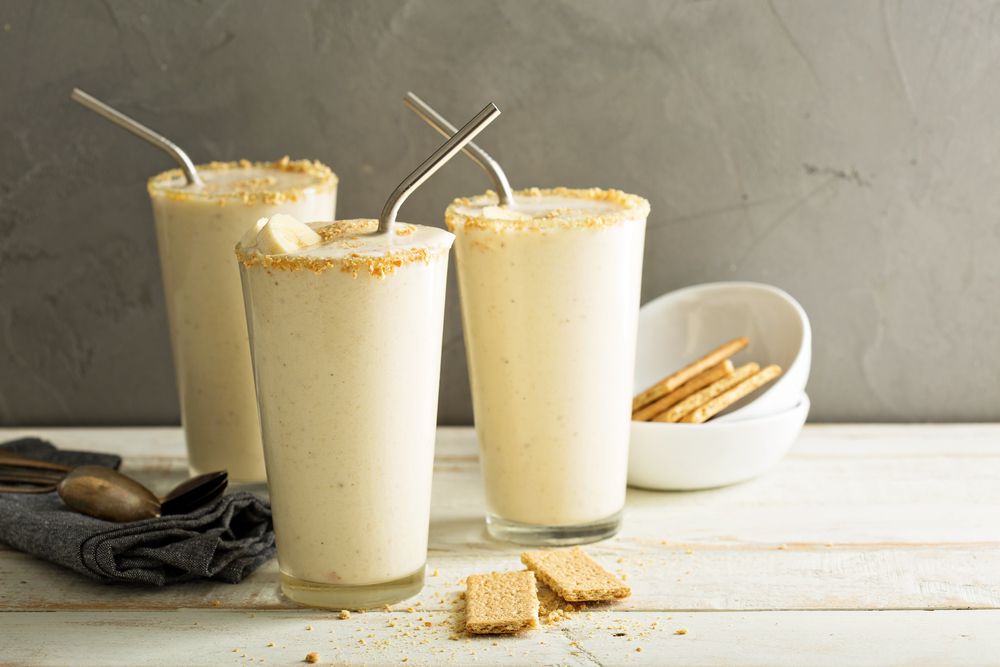
The good thing about reusable straws is that they keep all those disposable plastic ones out of landfills. But the bad thing is that they’re just little tubes teeming with germs if you don’t wash them regularly.
Whether your straw is steel, bamboo, glass or made from some other long-lasting material, be sure to always rinse it each time you use it by running water through it. If you’re out and about, tuck it back in its traveling pouch (most straws come with one) until you get home and can clean it thoroughly.
How to clean: When you have time, don’t assume a spin through the dishwasher is sufficient. Water won’t necessarily reach deep inside your straw, especially if it has a bend in it. Instead, use the brush that should have come with your straw and dip it in a solution of hot, soapy water. Pass it through the straw several times until it comes out clean. Then rinse well. If you don’t have a straw, use a pipe cleaner or twist several together until you have the right thickness to pass it through so it touches all sides. Let it dry upright in a clean glass or drying rack.
And don’t forget, that your straw’s carrying pouch needs to be cleaned regularly too. Toss it in the washer at least once a week to get rid of the germs that can collect in that dark, warm place.

